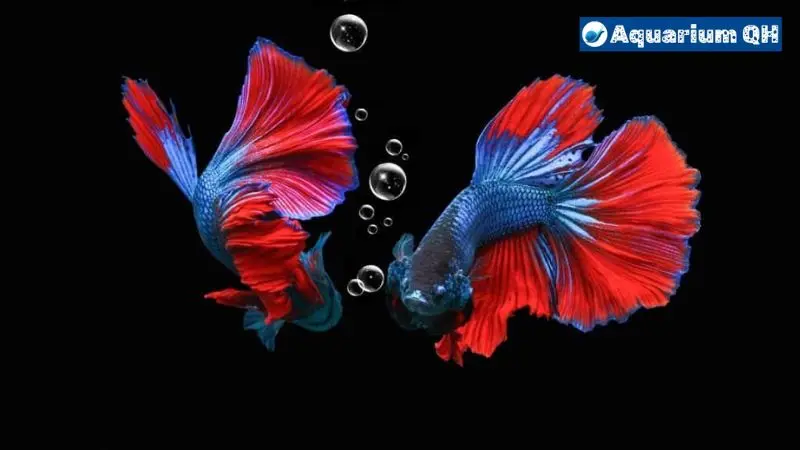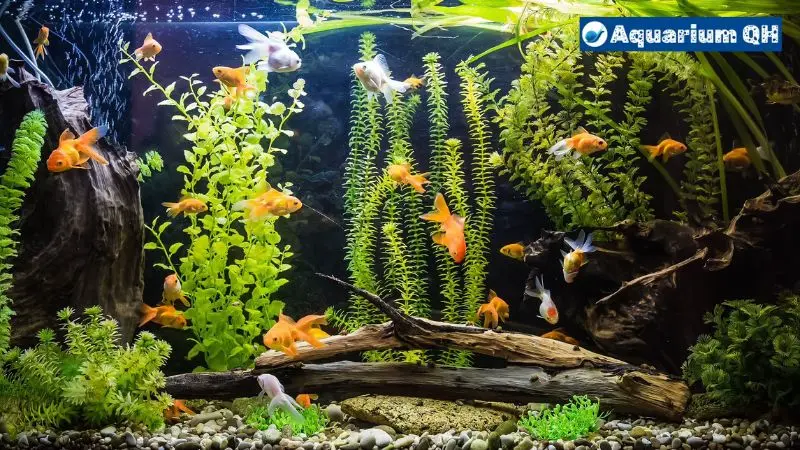Have you ever gazed into your aquarium, mesmerized by the colorful fish swimming gracefully amidst lush greenery? Perhaps you’ve wondered, does Molly, one of the most popular freshwater fish species, feast on the algae that adorns your tank? Let’s Aquarium QH dive into the depths of aquarium life and discover the truth behind this captivating question.
Molly: The Charismatic Aquatic Companion
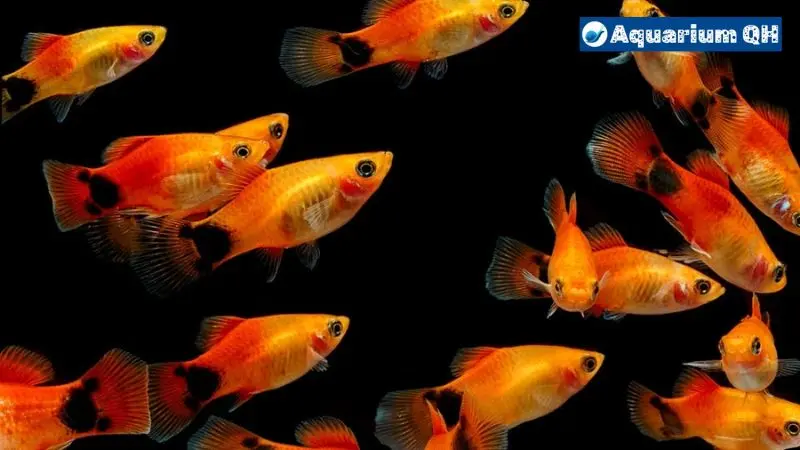
Molly, with its striking colors and lively personality, often steals the spotlight in home aquariums. This freshwater fish, native to Central and South America, adds vibrancy to any tank.
Algae: The Green Ambiance of Aquariums
Algae serves as the lush green backdrop of the underwater world. While some consider it a nuisance, others appreciate its role in maintaining the ecosystem’s balance.
Molly’s Diet: Omnivorous Appetite
Molly isn’t a picky eater. As an omnivore, it enjoys a varied diet consisting of both plant matter and small organisms.
Grazing on Greenery: Molly’s Algae Adventure
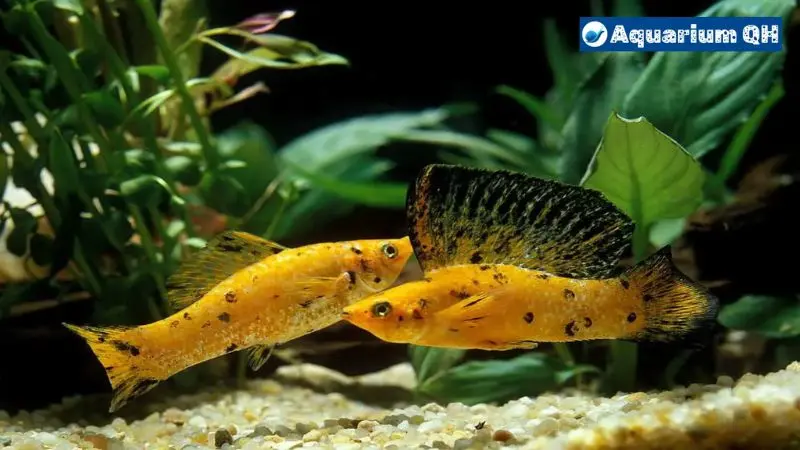
Yes, Molly does indulge in algae feasts occasionally! When algae proliferates in the aquarium, Molly happily nibbles on it as part of its natural grazing behavior.
The Balance in the Tank: Algae Control
Moderation is key. While Molly may snack on algae, it’s essential to maintain a healthy balance. Excessive algae growth can indicate underlying issues with water quality.
Molly’s Preferences: Variations in Diet
Despite its affinity for algae, Molly’s diet isn’t limited to just greenery. It relishes a diverse array of foods, including flakes, pellets, and live or frozen treats.
The Role of Algae Eaters in Aquariums
Algae-eating fish, such as certain species of catfish and shrimp, play a vital role in controlling algae growth. They help keep the aquarium clean and visually appealing.
Controlling Algae Growth: Tips and Tricks
Maintaining optimal water parameters, adequate lighting, and regular tank maintenance are crucial for keeping algae growth in check. Additionally, introducing algae-eating species can assist in natural control.
Aquarium Harmony: Molly and Algae Coexistence
In a well-balanced aquarium ecosystem, Molly and algae can coexist harmoniously. By providing proper care and attention, you can enjoy a thriving aquatic environment.
10. Conclusion: Exploring the Aquatic Ecosystem
In the enchanting world of aquariums, the relationship between Molly and algae adds depth to the ecosystem. Understanding their dynamics enhances our appreciation for the delicate balance of aquatic life.
Frequently Asked Questions
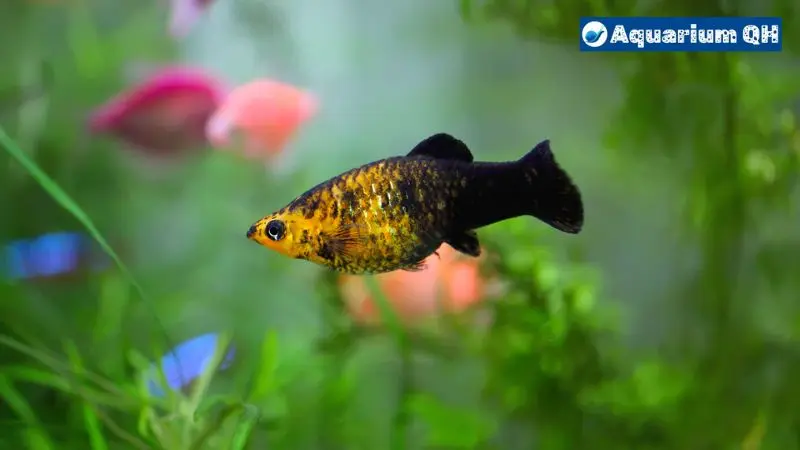
1. Does Molly eat algae to survive? Yes, Molly may consume algae as part of its diet, but it’s not the sole source of sustenance for this omnivorous fish.
2. Will having Molly in my aquarium control algae growth? While Molly may nibble on algae, it’s not a guaranteed solution for algae control. Proper aquarium maintenance and introducing other algae-eating species are essential.
3. Is algae harmful to my aquarium? In moderation, algae can be beneficial as it contributes to the ecosystem’s balance. However, excessive algae growth can indicate underlying issues with water quality and may require intervention.
4. Can I overfeed my Molly to prevent it from eating algae? Overfeeding can lead to water quality issues and health problems for your fish. It’s essential to provide a balanced diet and avoid overfeeding, regardless of Molly’s algae-eating habits.
5. How often should I clean my aquarium to control algae? Regular maintenance, including water changes, substrate cleaning, and algae removal, is crucial for keeping algae growth in check. The frequency of cleaning depends on various factors such as tank size, stocking levels, and filtration efficiency.



